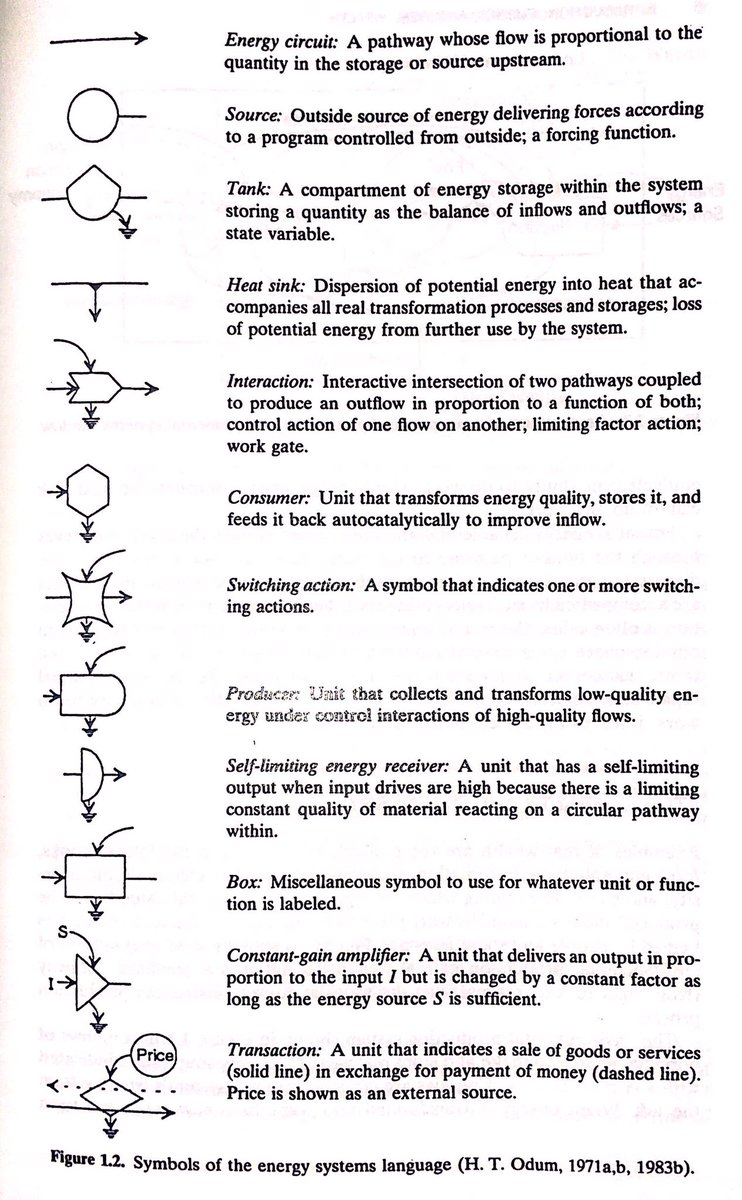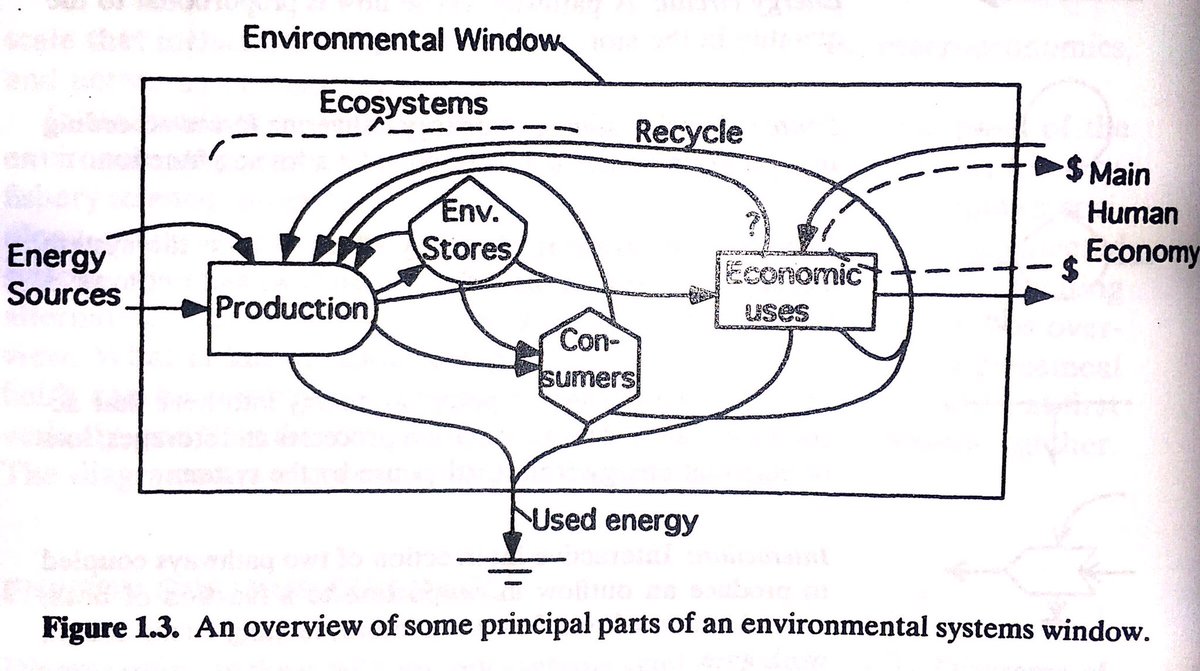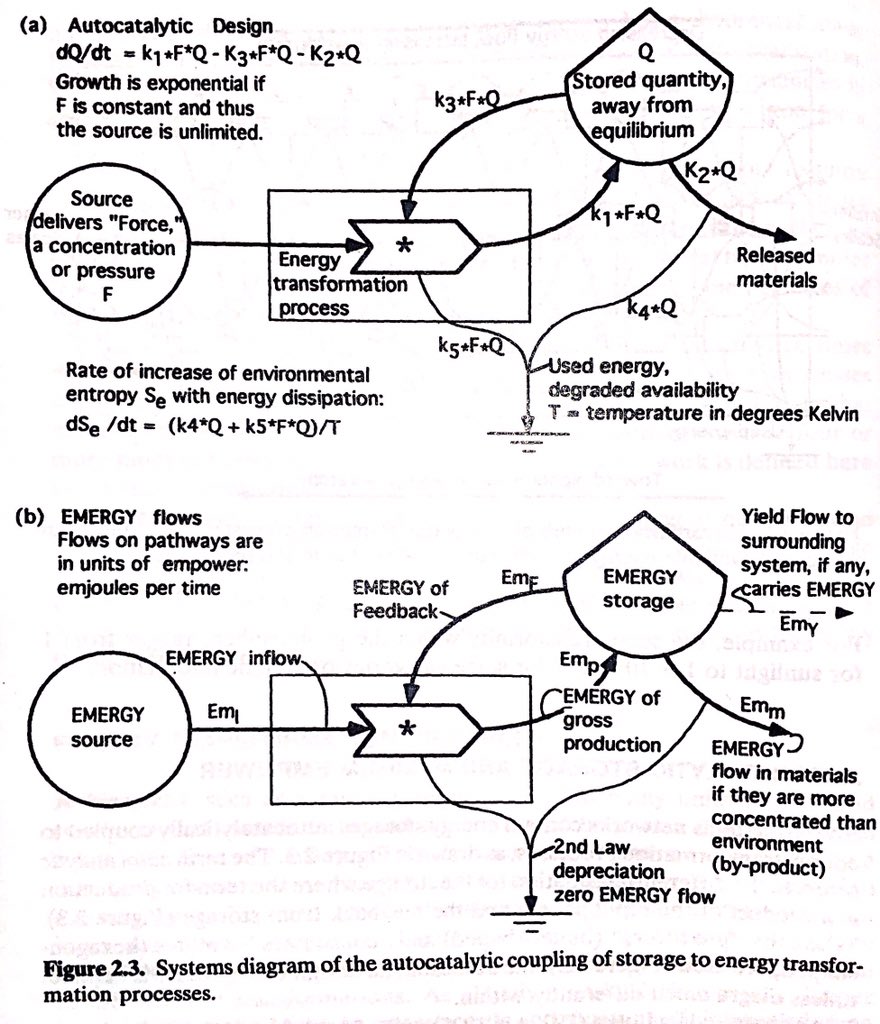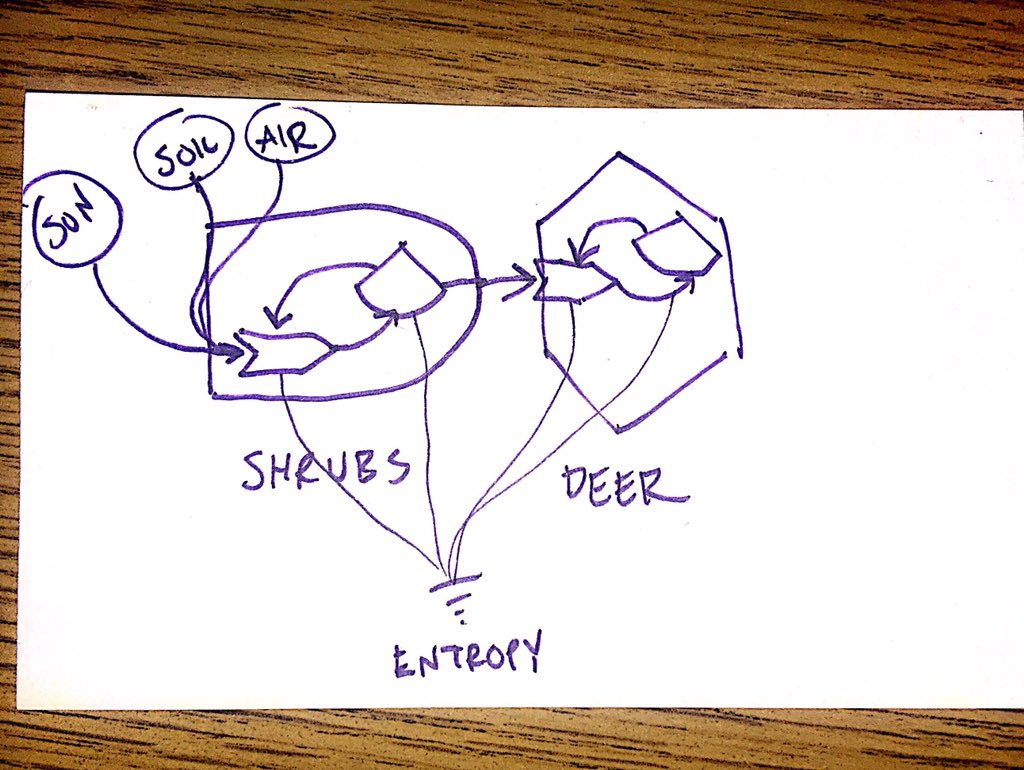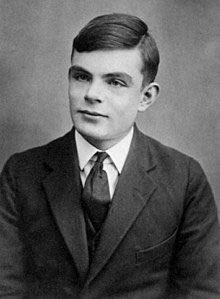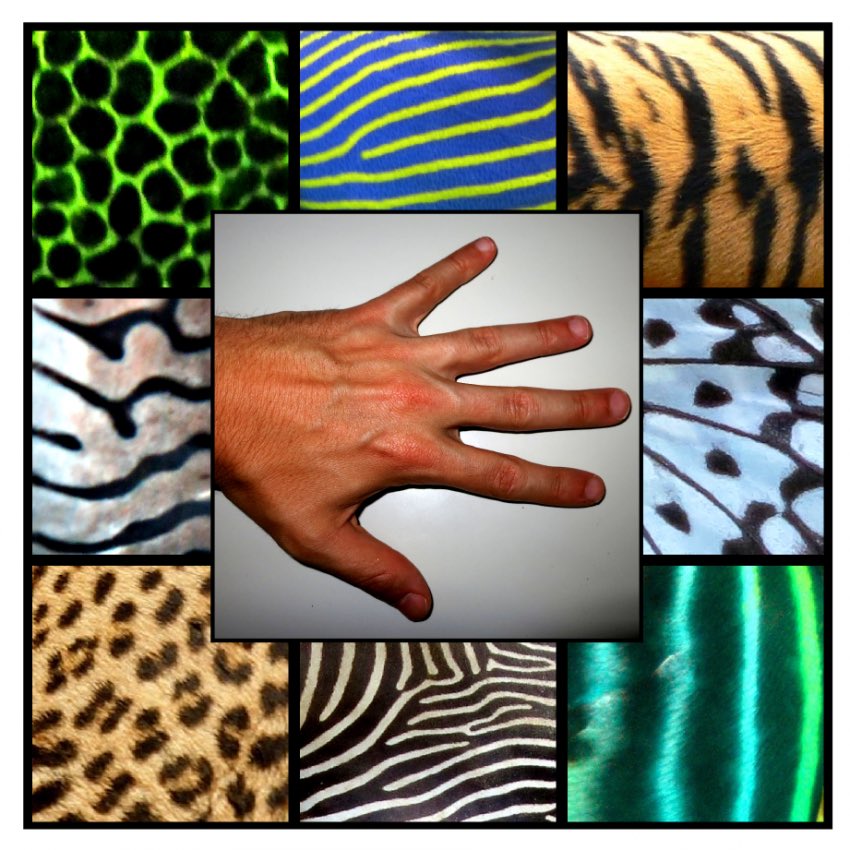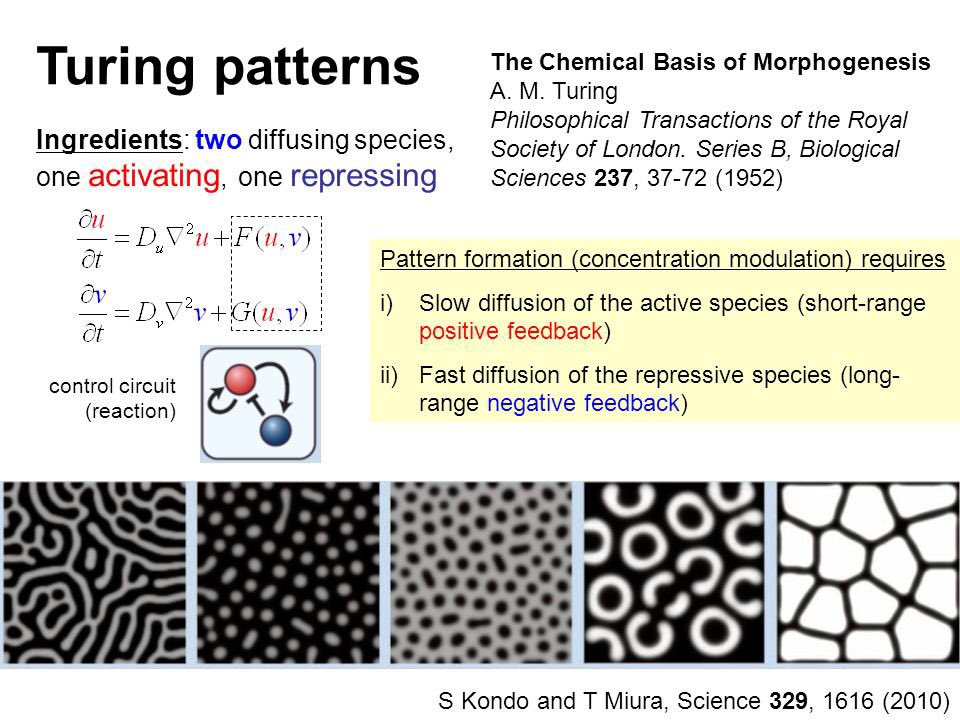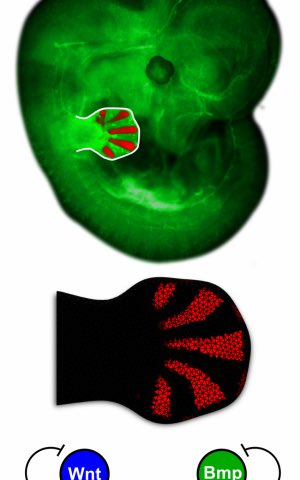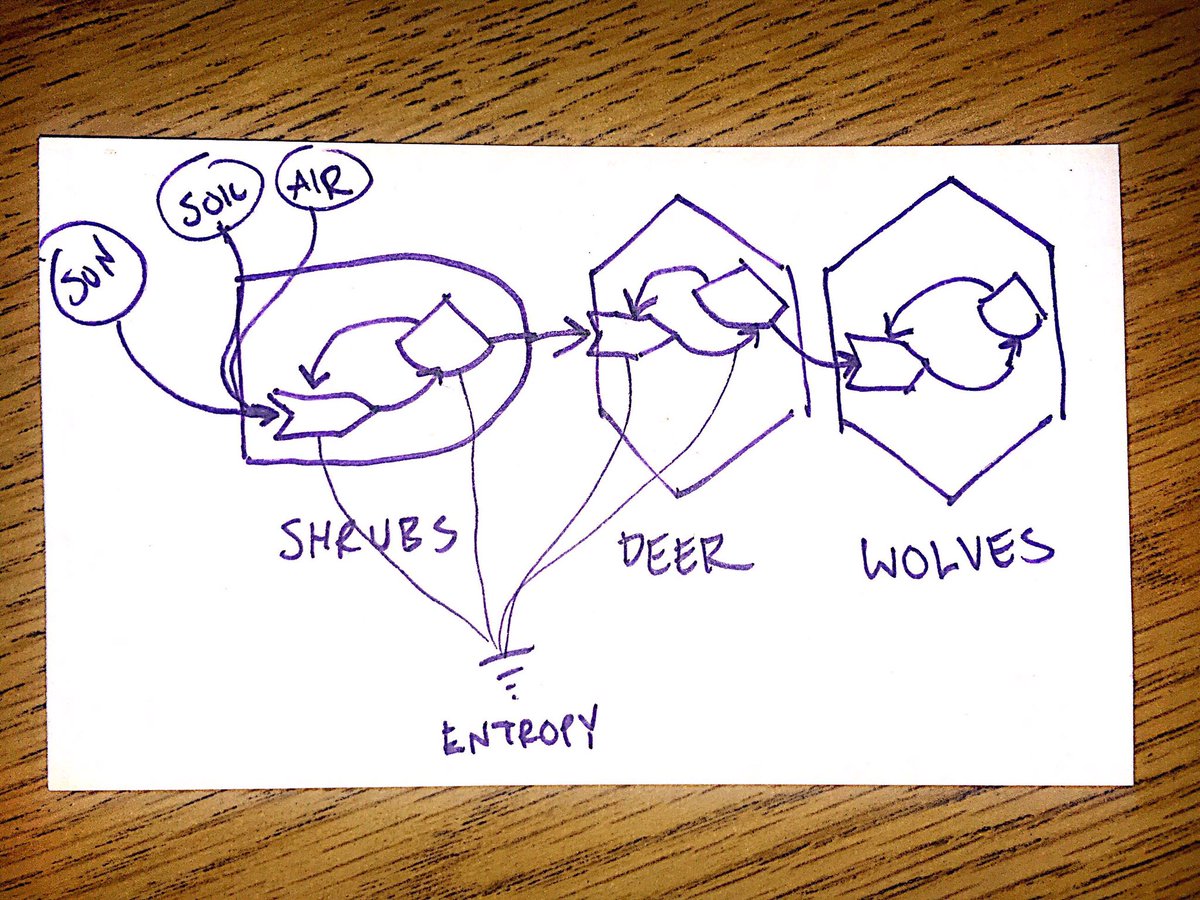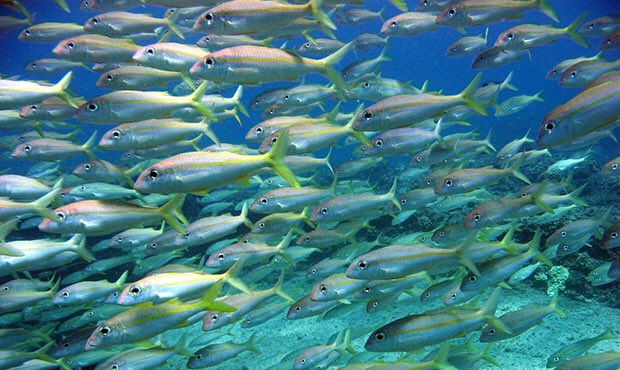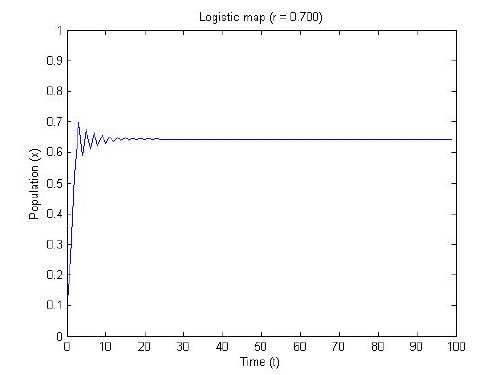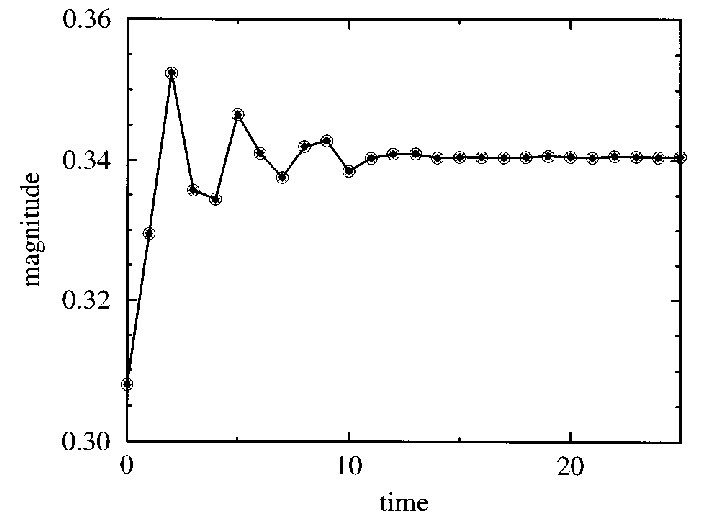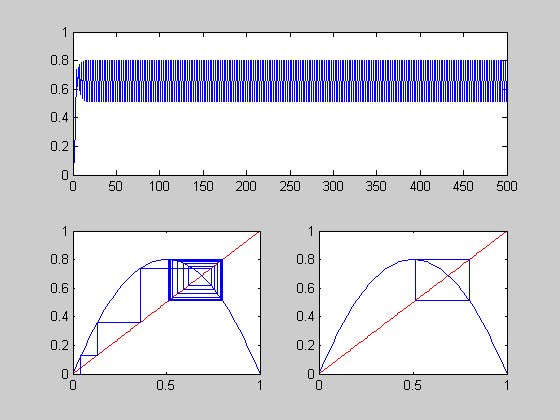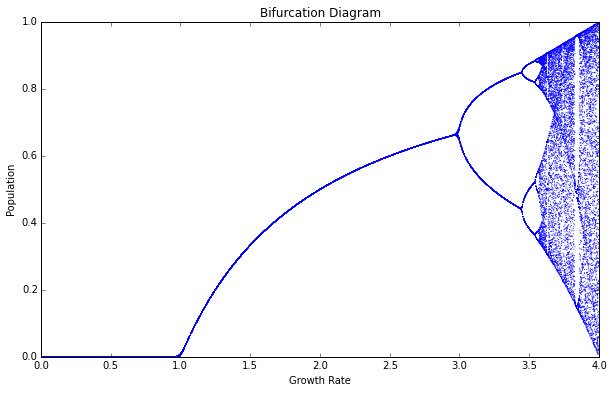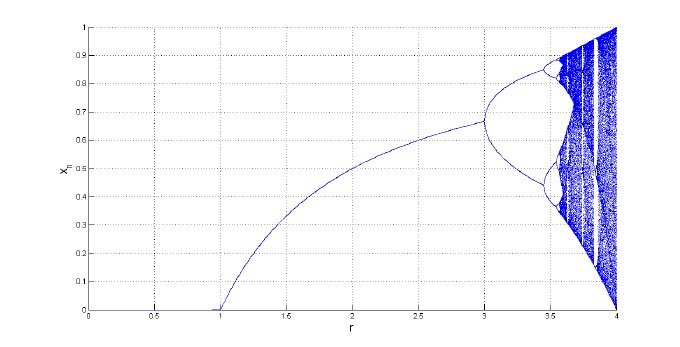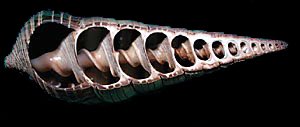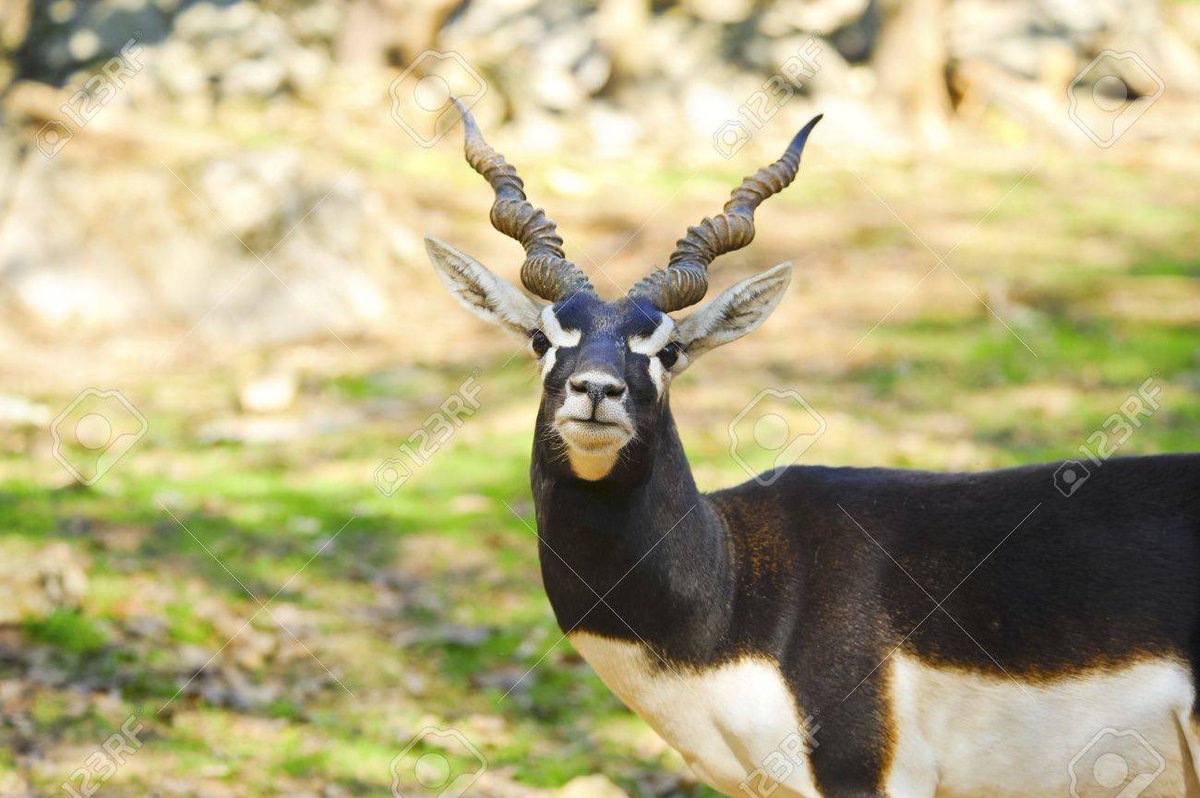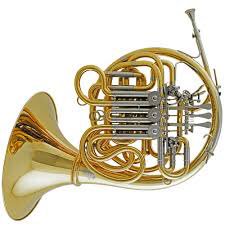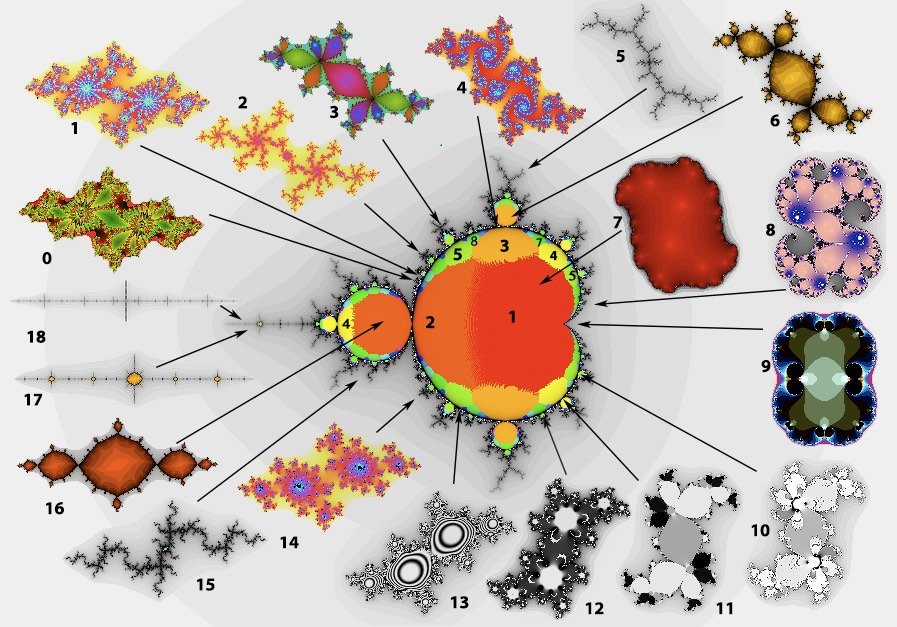If you have a system where there is a way to store energy and limiting materials and they are applied to the process of collecting energy you have auto-catalytic growth. Top is energy flows. Bottom eMergy. Systems like this grow until another need is limiting.
This is important because it describes how things form patterns. But it’s only half of the process as it’s growth without regulation. That will get interesting. 4/?
Lotka (1925) working to root Darwin in math suggested a 4th law of thermodynamics that autocatalytic feedback designs form because they maximize power. Odum showed they are embedded in systems, so actually work to maximize EMpower—the rate of total system energy over time. 5/?
So we can grow a plant that grows exponentially until it limits itself. And we can feed it to an herbavore the does the same 6/?
Now we have a system of deer growing exponentially but then reducing their food supply which reduces their numbers. Things oscillate up and down. 7/?
So one person who got interested in this was Alan Turing. He got interested in now patterns form in nature. For example how do zebra stripes form, why do ribs and fingers repeat. He proposed something similar to how the deer example worked. 8/
For zebra stripes he proposed two morphogens one that would turn cell color on, spread fast, grew autocatalyticly & triggered another that moved slower turned the cell color off. Like shrubs & deer (or maybe deer & wolves because they both can move.) it caused bands, & spots 9?/?
It was debated if this happened in nature but 5 years ago morphogens were found &now weunderstand a lot systems use Turing patterns. The famous Hox gene seem to use this process to guide all sorts of development. Including turining on and off bone to make a patterned hand! 10/
But it’s all about tuning. Too many oscillations and you’d have too many vertibrae or teeth or fingers. So let’s return to our crash & burn system of shrubs & deer. Too much impact then a crash, repeat. What if we added a third autocatalytic element? Say wolves... 11/
So the famous story of wolves saving rivers in yellowstone is like this. https://m.youtube.com/watch?v=oSBL7Gk_9QU">https://m.youtube.com/watch... wolves changed the pattern of deer which stabiles the patch size of their impact, which modulated the relationship of river to floodplain which helped landscape regulation. 12/
I’ll throw in one more piece of this puzzle. Imagine an ecosystem where fish grow exponentially but the more they grow the more limiting their environment becomes. Each generation experiences the pressures cause by the eating and growth of the previous. 13/
So we have different results based on the growth rate of the fish. At a low growth rate the levels rise the bounce a little and the stabilize to a steady state 14/
If we keep increasing the growth rate (r) it suddenly will”bifurcate” and start oscillating between two values 15/
Higher rates and it will start a four-state cycle then 8, 16 and so on. Suddenly going into choas. Here s a GIF of turning up the different r values. 16/
(Thanks for sticking with me this is about to get really good) 17/
Then let’s focus only in the stable states that these fishies get to. Let’s graph all of them by putting all the rates as the x-axis. Isn’t it pretty and weird? 18/
So this is the map of all possible stable states in a system where and organism can grow within limits. There is this curious thing about exponential growth within limits though. It can also Spiral 19/
So let’s include not just the real numbers but the complex numbers which help us think about rotation. And take this map and add a third dimension of the complex plain 20/?
so yes the "Mandelbrot set" is just one view of all of the possible stable states for all possible growth rates of an organism. Every organism is exploring it& #39;s niche and this is the kind of complexity that results in pattern formation. 21/
so that was a bit of an excursion, but i think it& #39;s important to get a sense of what happens when an autocatalytic element is checked by another. This is happening all around us, patterns of stable complexity in a sea of chaos. 22/
eMergy diagams are just a language for starting to piece it all together. the thing to think about mostly is that energy is used for work, but eMergy remembers, 23/
& most importantly, we can begin to think about how much environmental labor goes into the making of something. The wolves need a lot of deer which need a lot of plants which needs a lot of sunlight. & so those wolves have a greater transformity (eMergy per unit eNergy) 24/24?
“The face of Nature may be compared to a yielding surface, with ten thousand sharp wedges packed close together and driven inwards with incessant blows, sometimes one wedge being struck, and then another with greater force.” - Darwin, On the Origin of Species
if this is interesting to you there are a few other videos people have made out there that explore the link: https://www.youtube.com/watch?v=gaOKAtlukNM">https://www.youtube.com/watch...
i really enjoy this one: https://www.youtube.com/watch?v=VjzkW1IlVI4">https://www.youtube.com/watch...
Oh here is a good video on reaction diffusion systems. In the three years since it was made a lot of RD systems have been identified https://youtu.be/alH3yc6tX98 ">https://youtu.be/alH3yc6tX...
if you want to learn more about eMergy there are some great books but maybe you might want to start here: http://www.emergysociety.com/emergy-lectures-by-mark-brown/">https://www.emergysociety.com/emergy-le...

 Read on Twitter
Read on Twitter